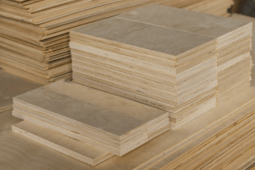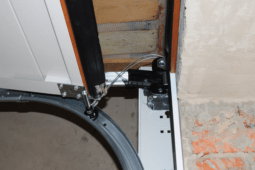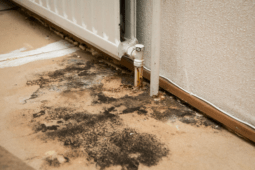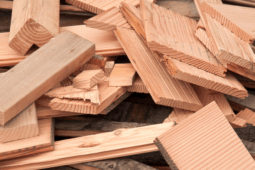Choosing And Using Hollow Wall Anchors
We don’t paint zebras and antelope on the walls of the cave anymore, but when it comes to modern living, the walls speak volumes. Modern society has a penchant for hanging paintings, photographs, planters, shelves, and even copper clad pots and pans.
Stick-on wall hangers don’t last long, and nails only work if you find a wall stud. Most of us aren’t happy hanging up our unique artwork at 16 or 24-inch intervals. The solution is something called a hollow wall anchor.
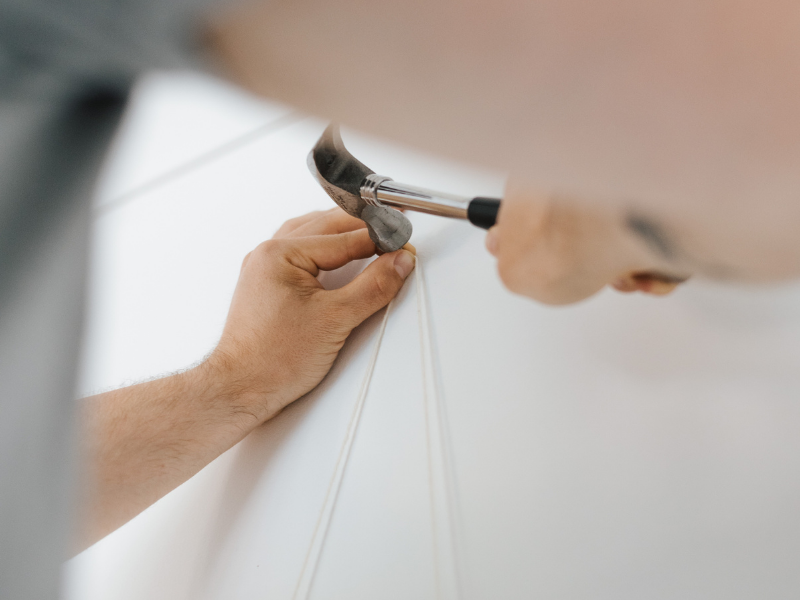
The name, hollow wall anchor, is a bit misleading. The wall doesn’t have to be hollow for them to be useful. Many homes have brick interior walls. Try driving a nail into one of these, it’s not a pretty sight.
The Two-Piece System
Enter the two styles of hollow wall anchors. The first is a two-piece system. You drill a hole in the sheetrock, lath, and plaster or brick, drive in the anchor with a hammer, then drive in a screw. As the screw goes deep into the anchor, it expands, creating a very solid wall anchoring system.
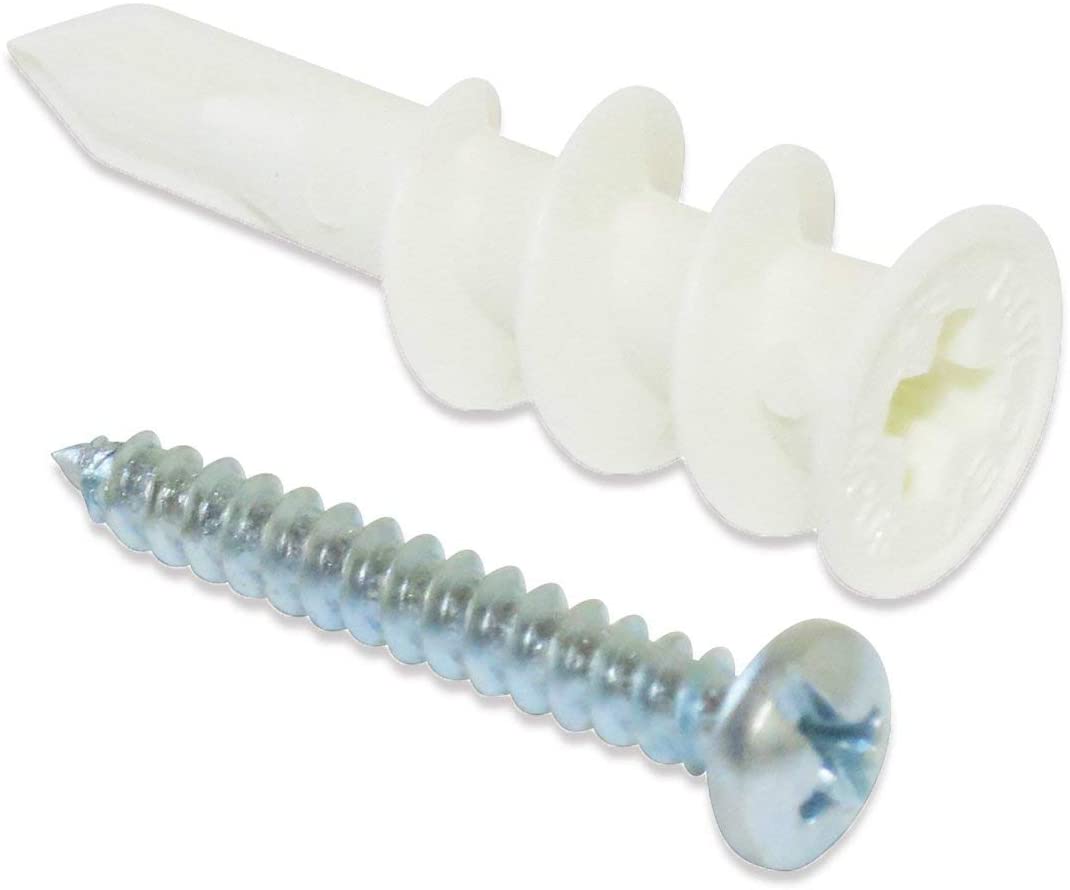
These two-piece systems when drilled and screwed into brick, or in the grout on concrete block walls make a very strong, very durable anchor point. You can anchor stair railings effectively with this method. The ones used with brick, concrete, and stone can be made of lead or heavy-duty plastic, either works well. Lighter plastic anchors can be used with hollow walls of sheetrock or plaster. They do an adequate job, but they’re not as effective as modern, metal wall anchors.
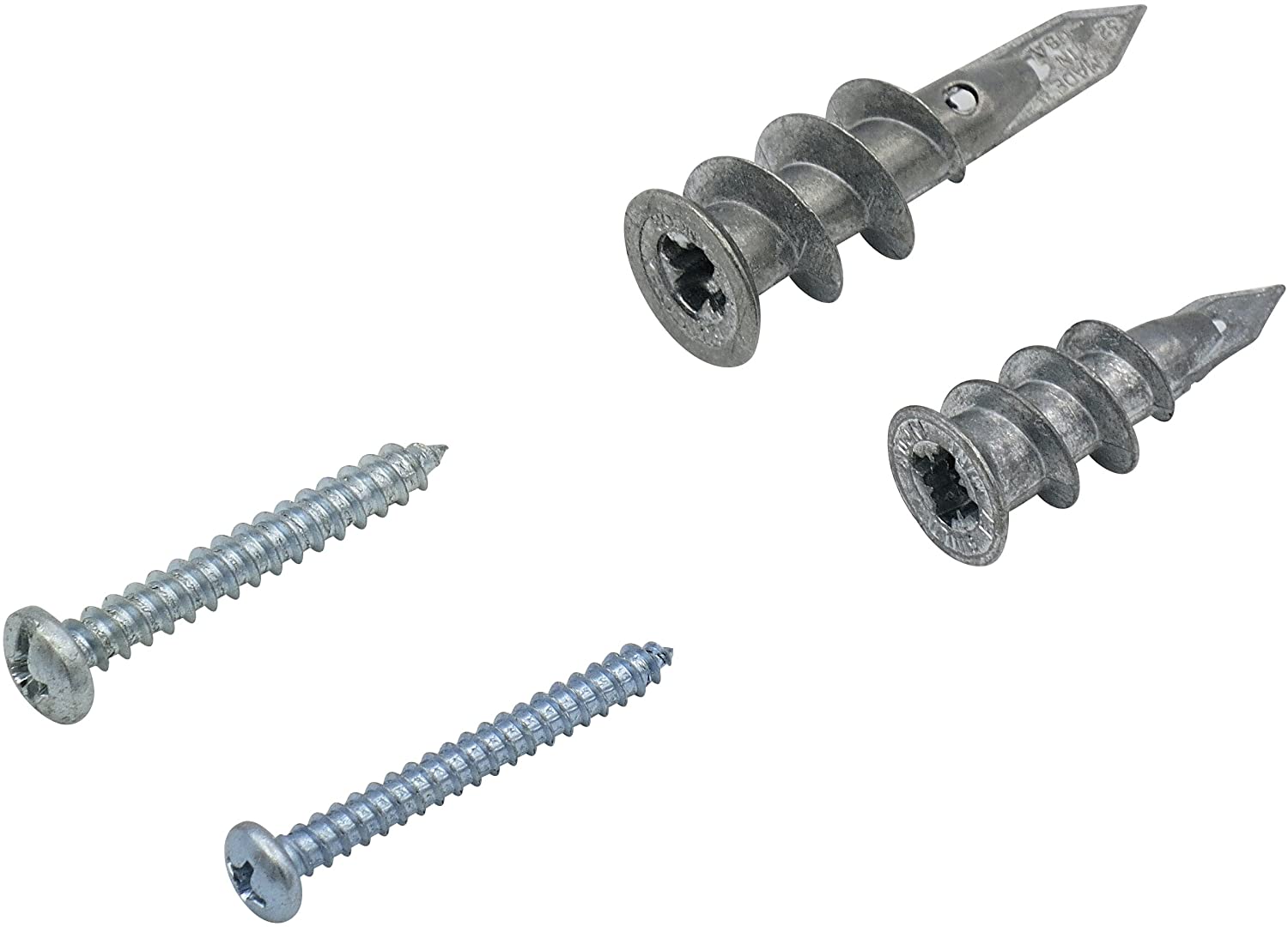
Metal wall anchors come in drill-in or self-tapping models. Either one is the best way to hang a photo, piece of art, or other wall decoration.
Drill-In Anchors
To use the drill-in style, mark the location of your hanger. Drill a hole 1/16 of an inch smaller than the wall anchor’s diameter. Tap in the anchor into place. There will be three or four sharp gripping points on the backside of the anchor. These hold the anchor in place while the center screw is rotated, drawing the metal arms of the anchor forward, similar to a four-sided star, pulling the anchor against both sides of the sheetrock wall. A simple trick is to push the anchor onto the wall with a blade screwdriver while you’re turning the Phillip’s head screw in the middle.
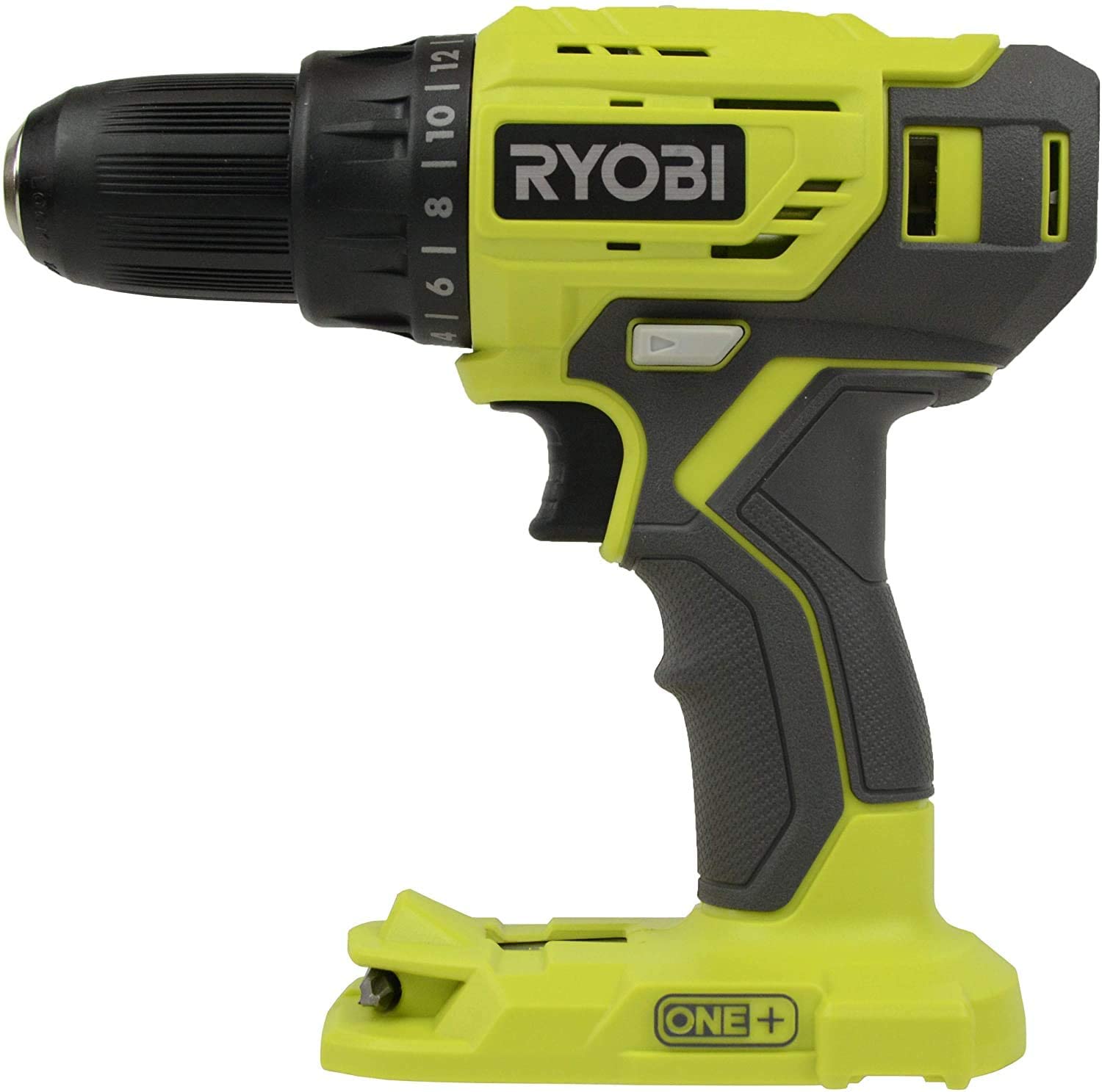
Tap-In Anchors
The tap in style is even easier. Locate the point in the wall for your hanger. Take a hammer and pound the self-tapping style anchor up to the hilt. Use the same flat-bladed screwdriver trick to hold it in place. Screw-in center Phillip’s head center screw until the anchor is locked solidly.
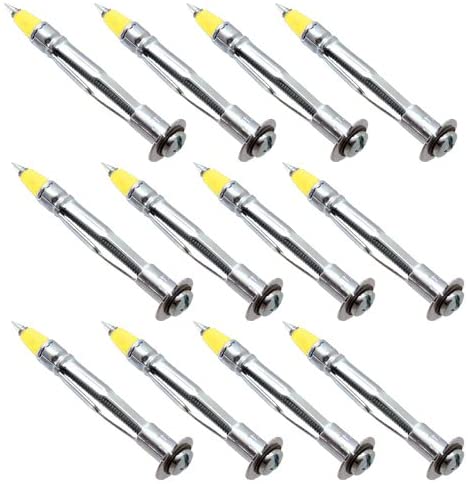
Another useful feature of these expanding wall anchors is that you can pull the center screw out, put something over it, like a wooden bookshelf, reinsert the screw and anchor it back into the wall. The wall anchors are permanent. The drawback is that if you want them to disappear, you’ll have to drive them into the wall, then do a little sheetrock repair to cover the holes.
Molly Bolts
An older version of hollow wall anchors are sometimes called “Molly bolts.” These have spring-loaded ears that lay flat when you push them through a drilled hole, then spring out on the inside. Setting these takes a lot more skill and a bit of patience since they’re prone to spinning around on the inside of the wall and not pulled the screw head in tight. Another drawback is if you unscrew them, the ears fall off, dropping inside the wall.
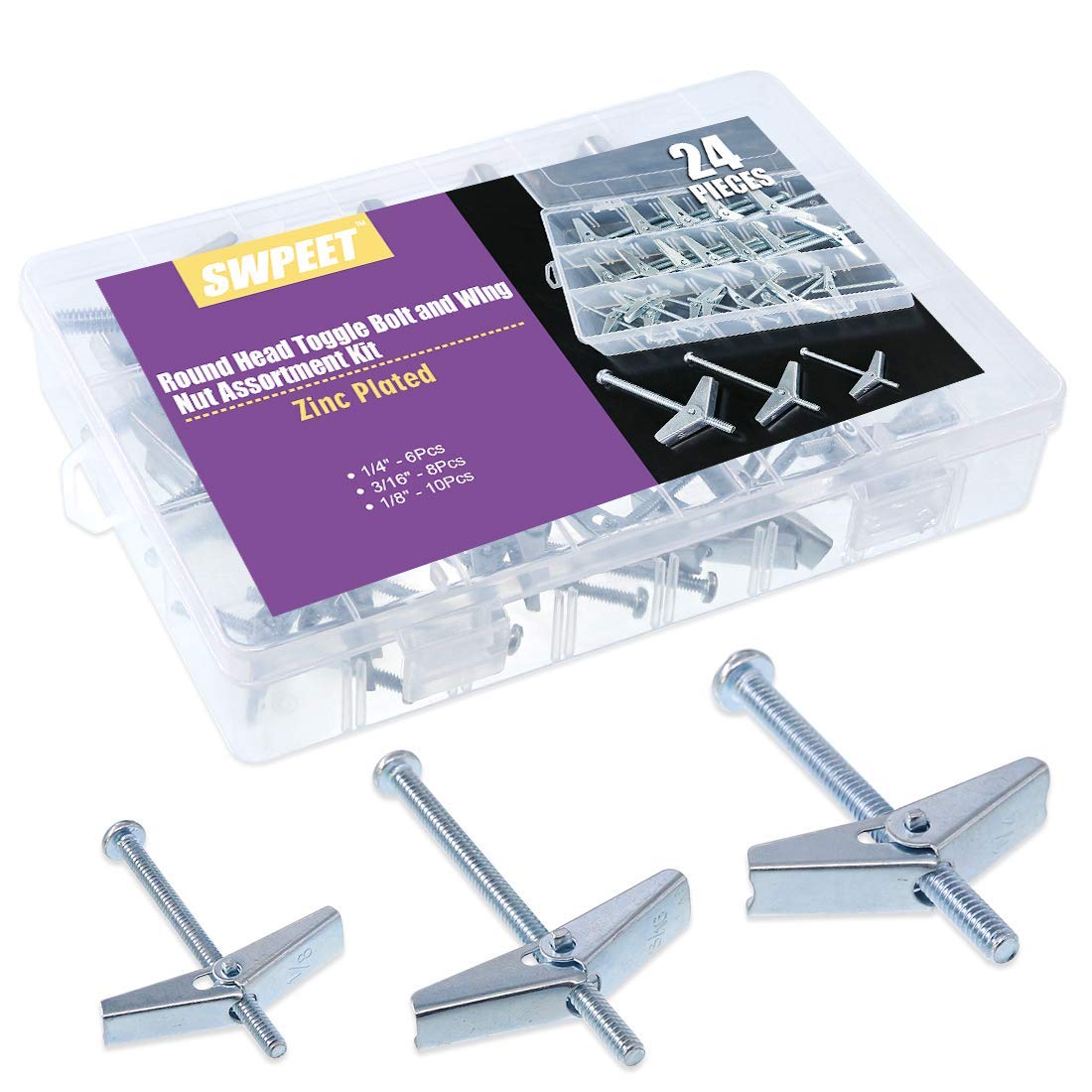
You have choices for strength, durability, repeat usage and ease of application depending on the hollow wall anchor you choose. These devices allow easy attachment of mounting points to almost any surface, they’re quick, efficient, and durable. You’re biggest problem will be getting that picture to hang even after you’re finished.


